Australia The Only Developed Nation On World List Of Deforestation Hotspots
WWF report finds area six times the size of Tasmania has been cleared globally since 2004
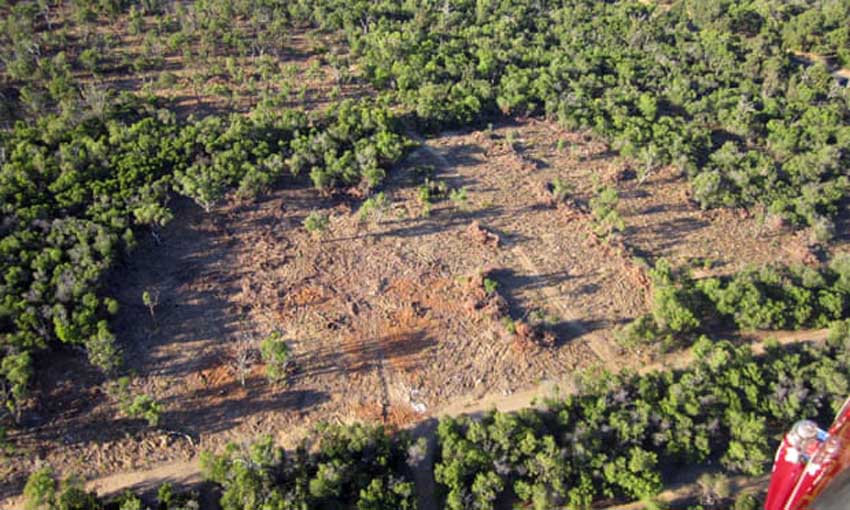
A new report by WWF has found Australia is one of the world’s hotspots for deforestation. Photograph: Der Wa/PR IMAGE
Sydney: Australia remains one of the world’s hotspots for deforestation according to a new report by WWF, which finds an area six times the size of Tasmania has been cleared globally since 2004.
The analysis identifies 24 “deforestation fronts” worldwide where a total of 43 million hectares of forest was destroyed in the period from 2004 until 2017.
Australia is the only country in the developed world to appear on the list, with eastern Australia named alongside Colombia, Peru, Laos and Mozambique as locations with “medium” rates of deforestation.
The countries with high rates of deforestation include Brazil, Bolivia, Madagascar and Borneo.
The report warns that nearly half of the standing forests in the 24 deforestation fronts have suffered some type of fragmentation and trends suggest clearing will persist unless countries act to protect them.
It expands on a 2015 report by WWF which named 11 hotspots, with eastern Australia also appearing on that list.
In the first analysis, NSW and Queensland were singled out for high rates of clearing, but the new report identifies further areas of concern in Victoria and Tasmania.
“Land-clearing rates rocketed after the axing of restrictions in Queensland and NSW placing eastern Australia alongside the most infamous places in the world for forest destruction,” WWF-Australia conservation scientist Martin Taylor said.
“Despite Queensland restoring some restrictions in 2018, eastern Australia remains a deforestation front. That will not change until we see rates of destruction go down.”
Taylor said the analysis focused on so-called “hotspot” parts of the eastern states where land-clearing rates were highest. He estimated that in Queensland and NSW alone 970,349ha were cleared in the years 2004 to 2017.
The Queensland government tightened land-clearing rules in 2018 but Taylor said there was not enough data available yet to determine the effect of those changes.
In NSW, the Berejiklian government weakened land-clearing rules in 2017 and habitat destruction has since increased.
Globally, commercial agriculture and tree plantations were identified as the biggest drivers of deforestation.
In Australia, the destruction of vegetation for cattle pasture is the most significant driver of forest loss and degradation, but the continued logging of native forests in a number of eastern states is named as an “important secondary cause”.
“Here we are, a developed country, chipping away, whereas every other developed country in the world has stopped doing that,” Taylor said.
Because the analysis only covered up to the year 2017, it excludes the effects of the catastrophic 2019-20 bushfire season, with WWF saying the accelerating effects of climate change made the need for Australian governments to increase protections for wildlife and habitat more urgent.
Forest destruction is a threat to more than 700 endangered Australian plants and animals and WWF-Australia has previously highlighted the effects of clearing conducted without threatened species assessments.
The report says the “comprehensive failure” of the federal government to crack down on illegal clearing has limited the effectiveness of Australian environmental laws in protecting some habitats.
The environment minister, Sussan Ley, declined to comment on WWF’s new findings as she had not seen the report.
Australia’s Environment Protection and Biodiversity Act was reviewed last year and the government must release the final report, led by the former competition watchdog head Graeme Samuel, in February.
The interim report called for an independent regulator that would be responsible for enforcing and monitoring compliance with the law.
-
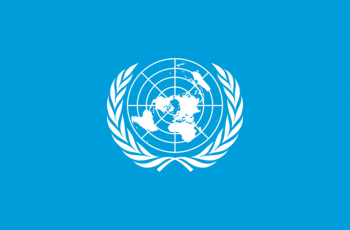
Asia hit hardest by climate and weather disasters last year, says UN
2024-04-23 -
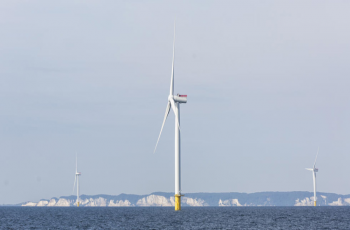
Denmark launches its biggest offshore wind farm tender
2024-04-22 -

Nobel laureate urges Iranians to protest 'war against women'
2024-04-22 -
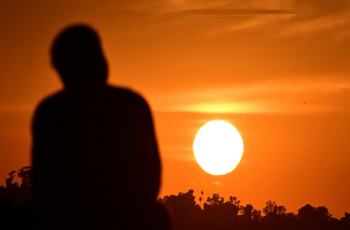
'Human-induced' climate change behind deadly Sahel heatwave: study
2024-04-21 -

Moldovan youth is more than ready to join the EU
2024-04-18 -

UN says solutions exist to rapidly ease debt burden of poor nations
2024-04-18 -
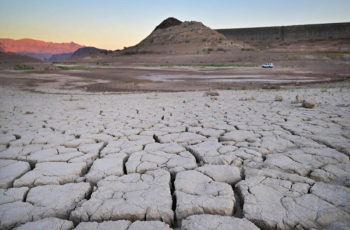
Climate impacts set to cut 2050 global GDP by nearly a fifth
2024-04-18 -

US sterilizations spiked after national right to abortion overturned: study
2024-04-13 -
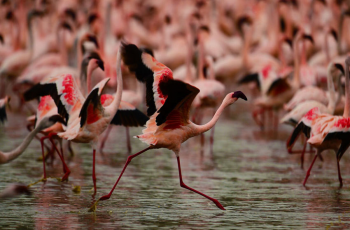
Future of Africa's flamingos threatened by rising lakes: study
2024-04-13 -
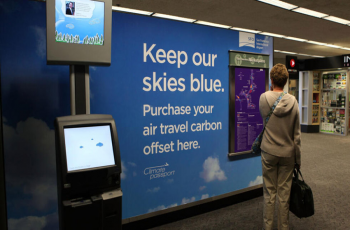
Corporate climate pledge weakened by carbon offsets move
2024-04-11
